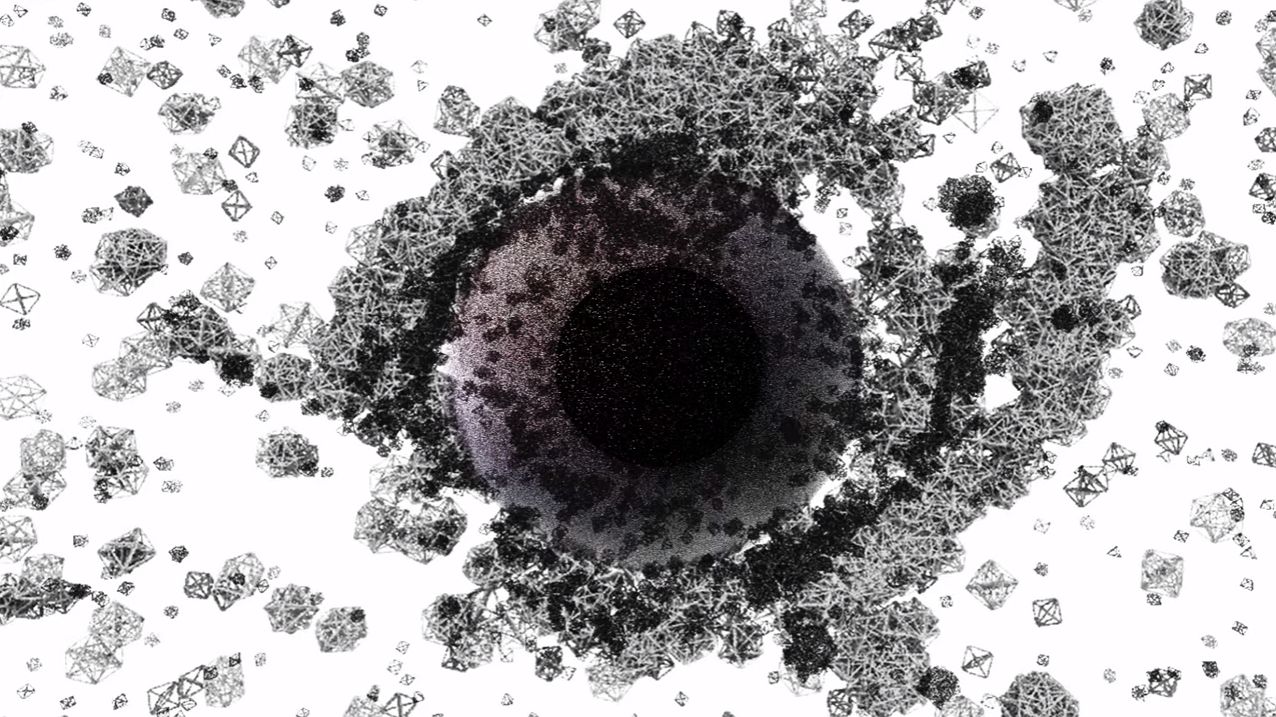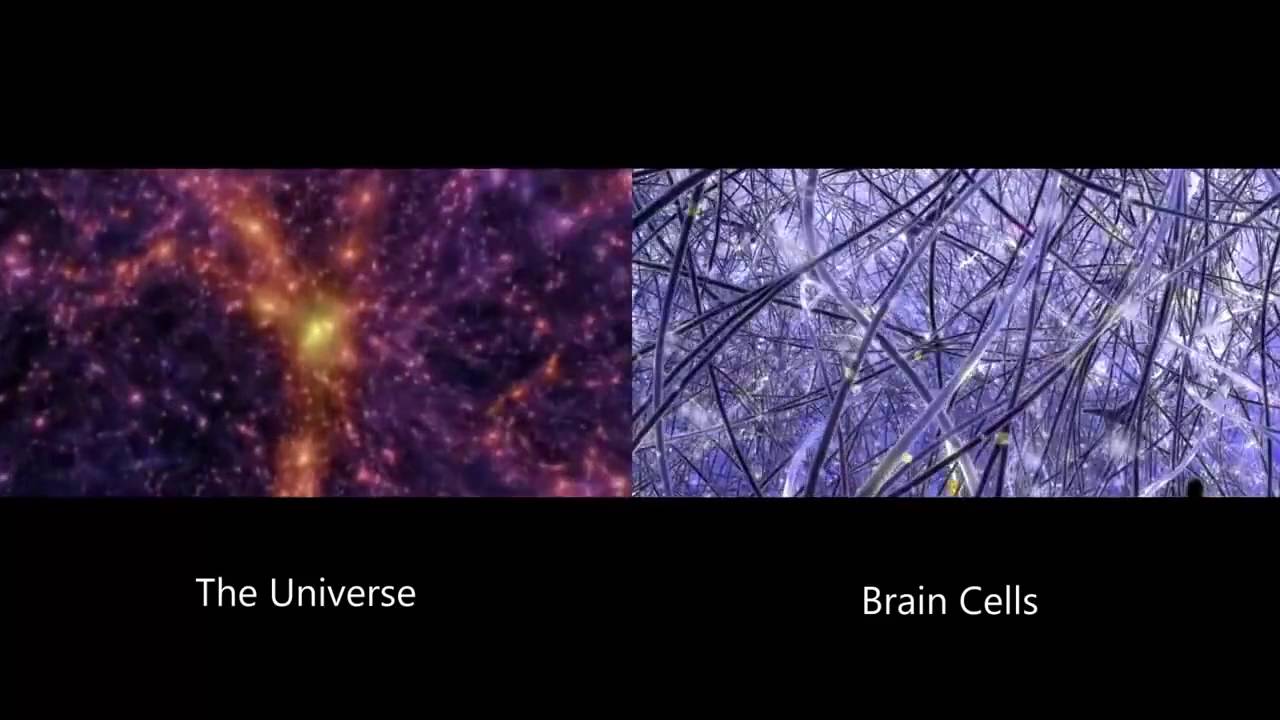Deciphering the mystery of consciousness, the human brain can work in 11 dimensions
And even the human brain can be operated on 11 dimensions.
The human brain is a complex multi-scale structure in which molecules, cells and neurons coexist. It can be modeled as a multi-layered network, called a brain connection pool. Neighboring neurons are connected to form local structures, and different local structures form connections to perform cognitive functions.
The human brain is estimated to have about 86 billion neurons. To decipher where consciousness comes from, the researchers used a Swiss supercomputer and used algebraic topology to build a detailed model of the cerebral cortex.
Through testing the response of the mathematical model to virtual stimuli and examining the reality of the mouse brain, the researchers were able to determine the details of the neural network on a single neuron. and the entire brain structure. At the same time it was discovered that there are different types of high-powered activity in the brain consisting of a three-dimensional geometric structure - tightly connected clusters of neurons and existing regions. space (cavity) between them.
 Deciphering the mystery of consciousness, the human brain can work in 11 dimensions Picture 1
Deciphering the mystery of consciousness, the human brain can work in 11 dimensions Picture 1
These empty regions appear to be important for brain function. When the researchers applied the stimuli to their virtual brain tissue, they found that the neurons responded to the stimulus in a highly organized manner. This means that as we think about problems, clusters of neurons will gradually coalesce into higher-dimensional structures, forming holes or voids of height.
The more neurons in the clusters, the higher the size of the gap, and the highest limit achievable is 11 dimensions. The whole process always follows the order from low to high, the structure will become more and more complicated and eventually collapse. It's like building a castle on the beach, the castle gets taller and taller and eventually it will collapse on its own.
 Deciphering the mystery of consciousness, the human brain can work in 11 dimensions Picture 2
Deciphering the mystery of consciousness, the human brain can work in 11 dimensions Picture 2
This is exactly the same as the large-scale filamentous structure of the universe, where galaxies and galaxy clusters form a giant filamentous structure with a giant hole in the middle. In a recent study, it was discovered that our Milky Way galaxy lies within a giant hole one billion light-years across.
This study provides new discoveries about how the brain processes information. Scientists speculate that high-dimensional gaps in neuronal structures may be where the brain stores memories, but it's unclear how these blocks and gaps are formed. How it works, so further studies are needed to determine the connection between the multidimensional structure of neurons and complex consciousness.
The interaction between the human brain and the universe is completely different, but there have been many observations and conjectures about the similarity between neural networks and cosmic networks under observation from a microscope and telescope.
The researchers quantitatively analyzed the similarity between the two factors based on optical microscopy observations of brain tissue and high-resolution cosmic-matter network imaging, with the help of the method. network analysis.
First, there is a huge difference in scale between the brain network and the cosmic network, which is similar only on a specific scale. Brain neural networks are now thought to consist of tens of billions of neurons. The number of galaxies currently observed in the cosmic lattice exceeds 100 billion.
In addition, in the neural network of the brain and the network of the universe, only a small amount of matter constitutes the network. There are a large number of massive intergalactic holes, and about 70% of the mass is made up of dark matter.
In the human brain too, which is a biological organ, the most important component is water, in the human brain, nerve cells account for only 25% and about 75% is water. Up to this point, "having water in your head" has a certain scientific basis.
In the universe, high-density galaxy clusters prevail, while in the human brain, specifically in neural networks, nerve fibers will create small uniform patterns. However, when the researchers increased the magnification of the microscope, they were able to see some similarities to the cosmic web in brain slices.
You should read it
- Scientists have found a way to 'characterize' directly on the human brain with electrical stimulation
- Interesting discovery: Human brain is more flexible than chimp brain
- Transplanting a mini-human brain into mice causes concern about smart new hybrids and increasingly more human-like
- A total of more than 100 human memory-related genes have been identified
- Breaking into the bank holds 1,000 human brains in the UK
- Intel's AI chip is nearly as complex as the mouse brain, 100 billion nerve connections
- The human body is stronger than the supercomputer?
- The human body and huge numbers startle you
- Scientists read the bird's brain and know what it is about to sing
- For the first time in history, scientists successfully connected the human brain to the Internet
- Stem cells help patch brain damage in stroke victims
- This is what happens to the brain when you are hit on the head
May be interested

Why do we have beards? While beards are completely biologically useless

The truth is full of surprises behind the legendary background image of Windows XP

A giant solar storm is moving to Earth today

How are fireworks made?

MIT makes a material that keeps it cool without electricity

Without electrolysis, splashing a microwave into the water is also capable of generating hydrogen






 Interesting discovery: Human brain is more flexible than chimp brain
Interesting discovery: Human brain is more flexible than chimp brain Transplanting a mini-human brain into mice causes concern about smart new hybrids and increasingly more human-like
Transplanting a mini-human brain into mice causes concern about smart new hybrids and increasingly more human-like Breaking into the bank holds 1,000 human brains in the UK
Breaking into the bank holds 1,000 human brains in the UK The human body is stronger than the supercomputer?
The human body is stronger than the supercomputer? Scientists read the bird's brain and know what it is about to sing
Scientists read the bird's brain and know what it is about to sing Scientists claim that 'the other world' exists
Scientists claim that 'the other world' exists